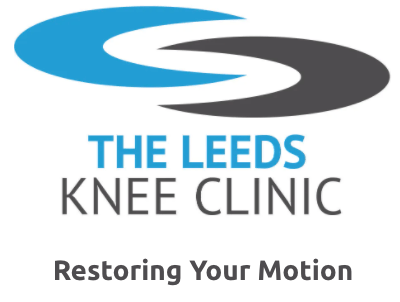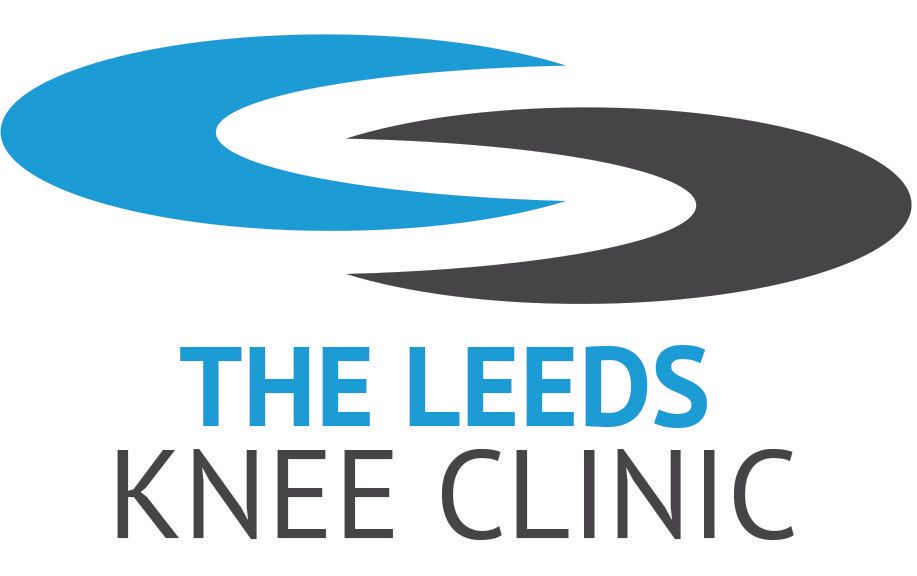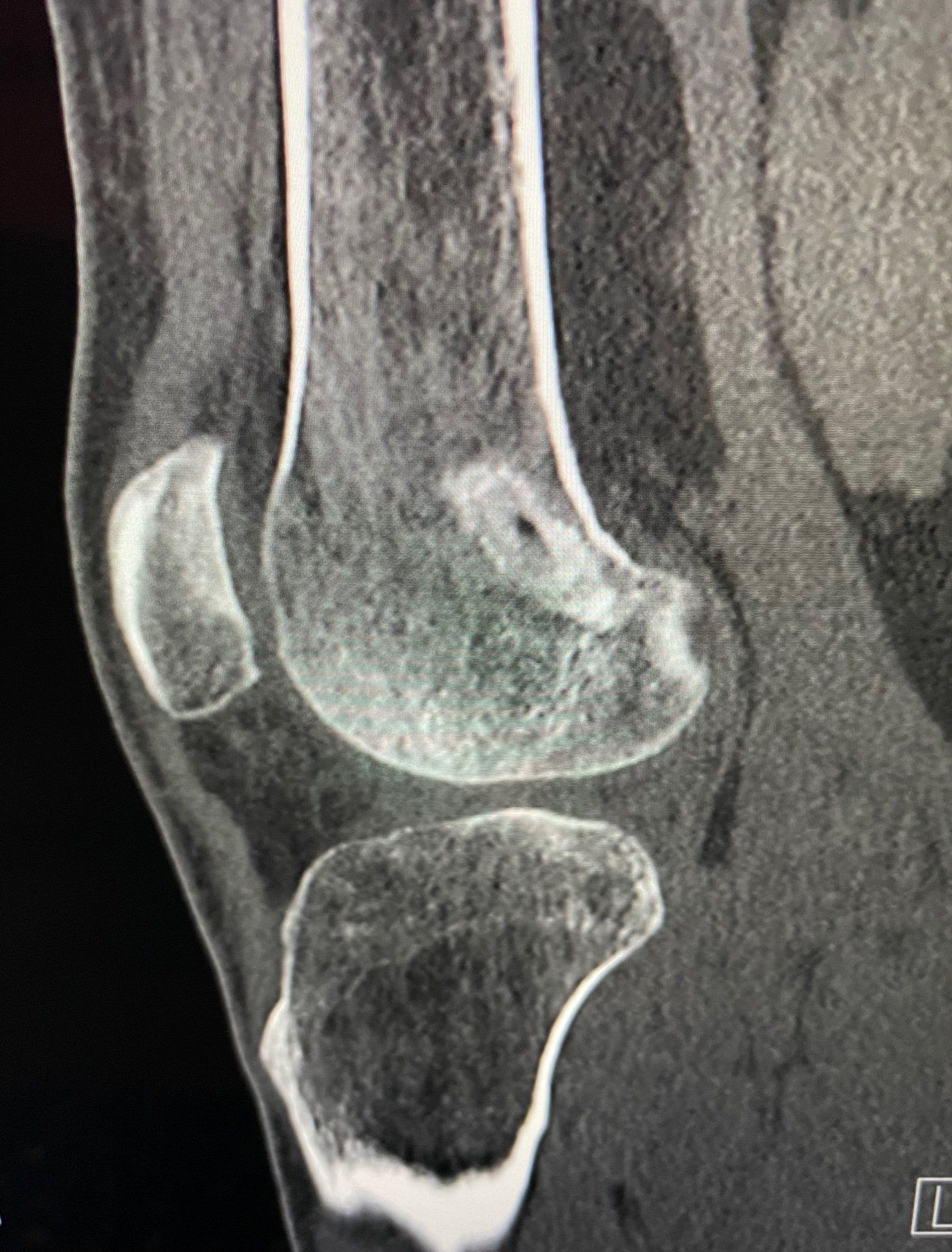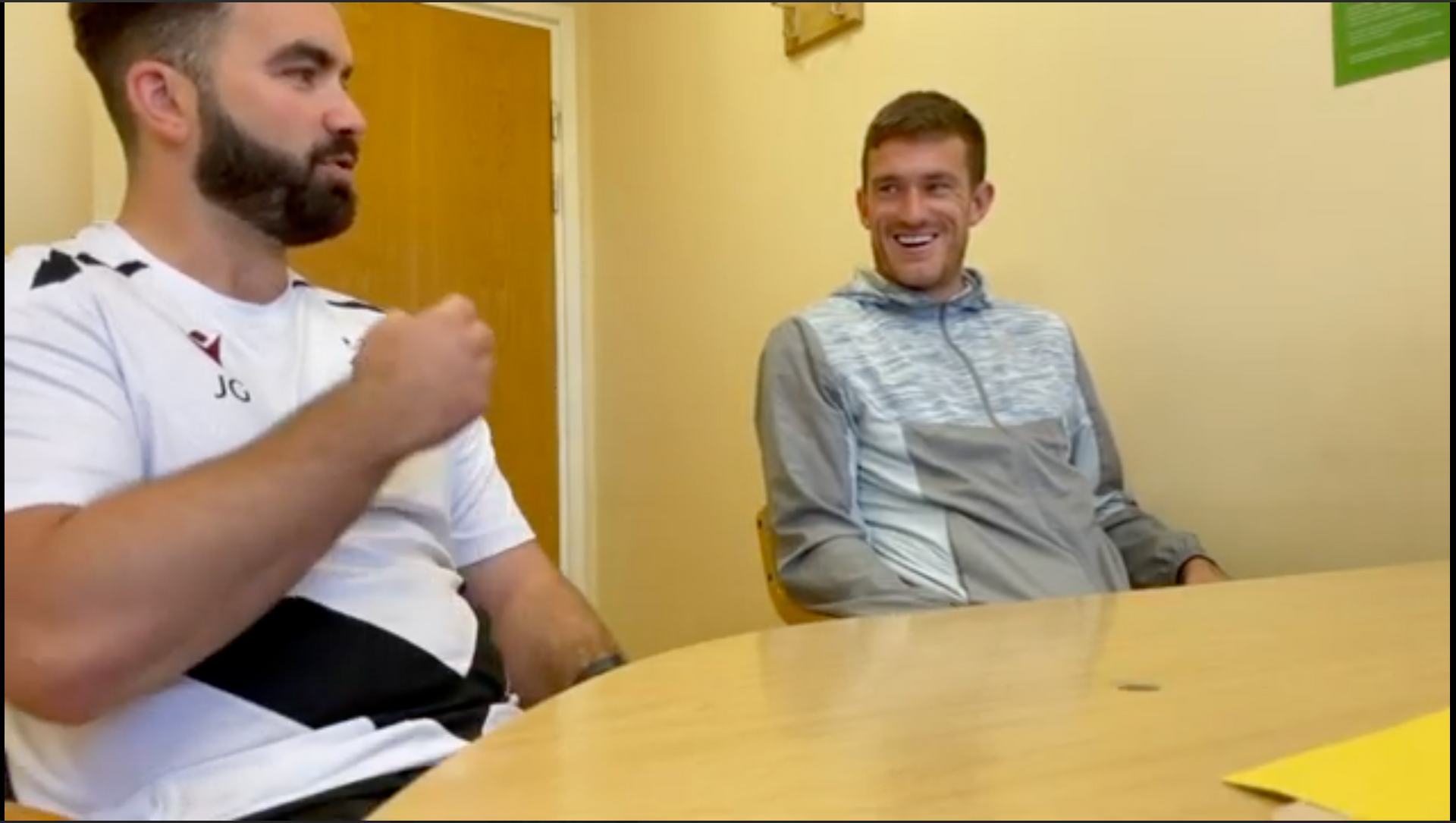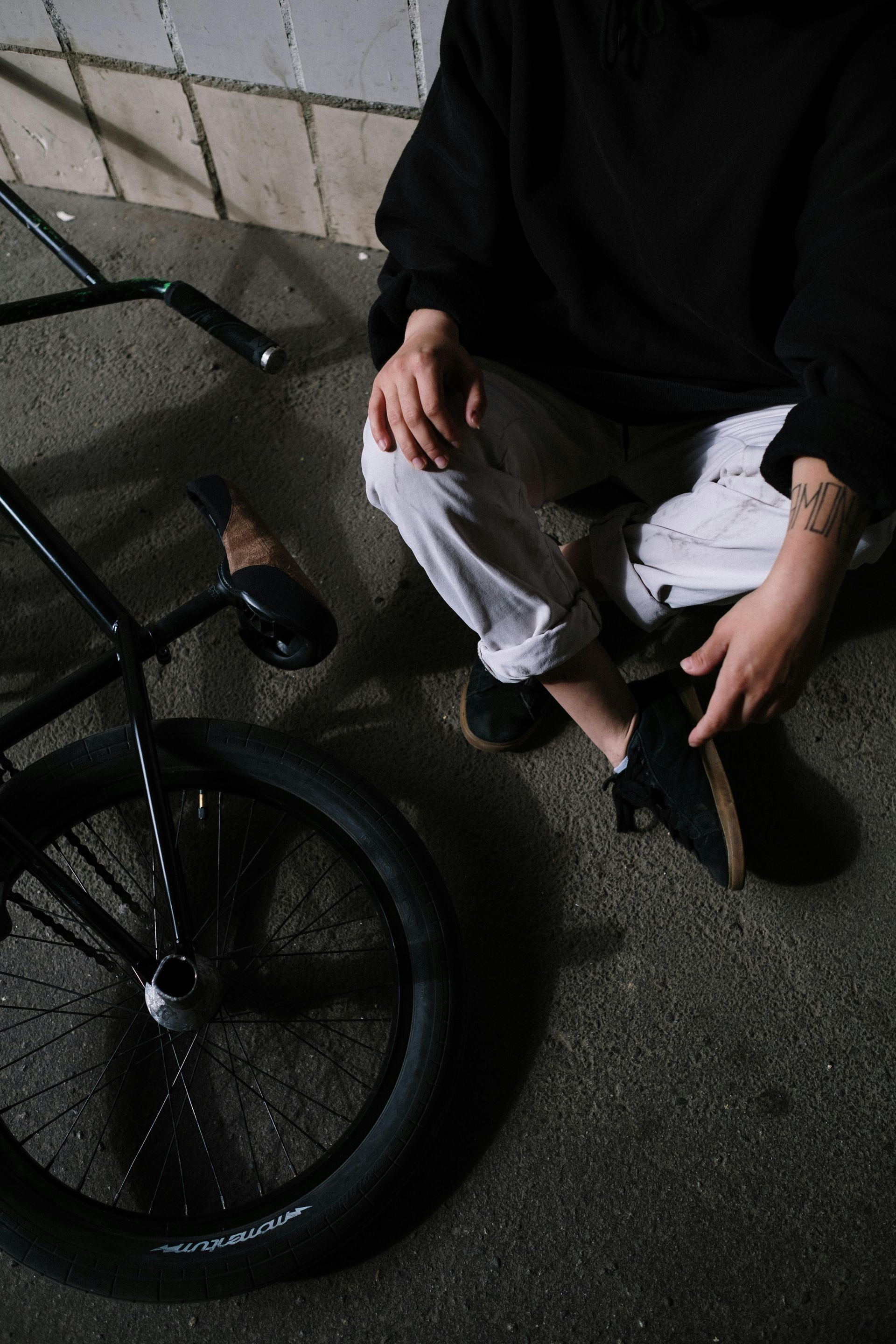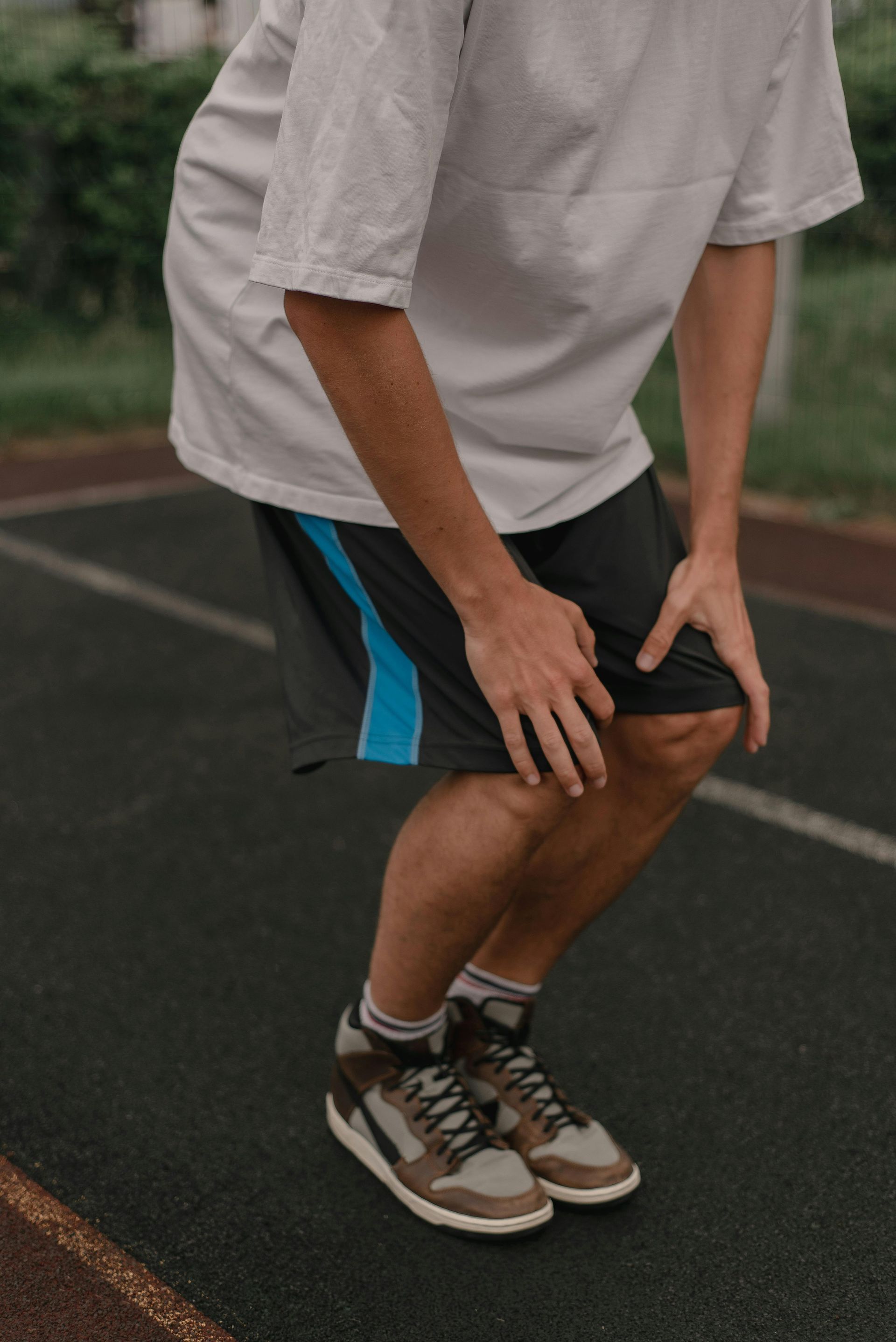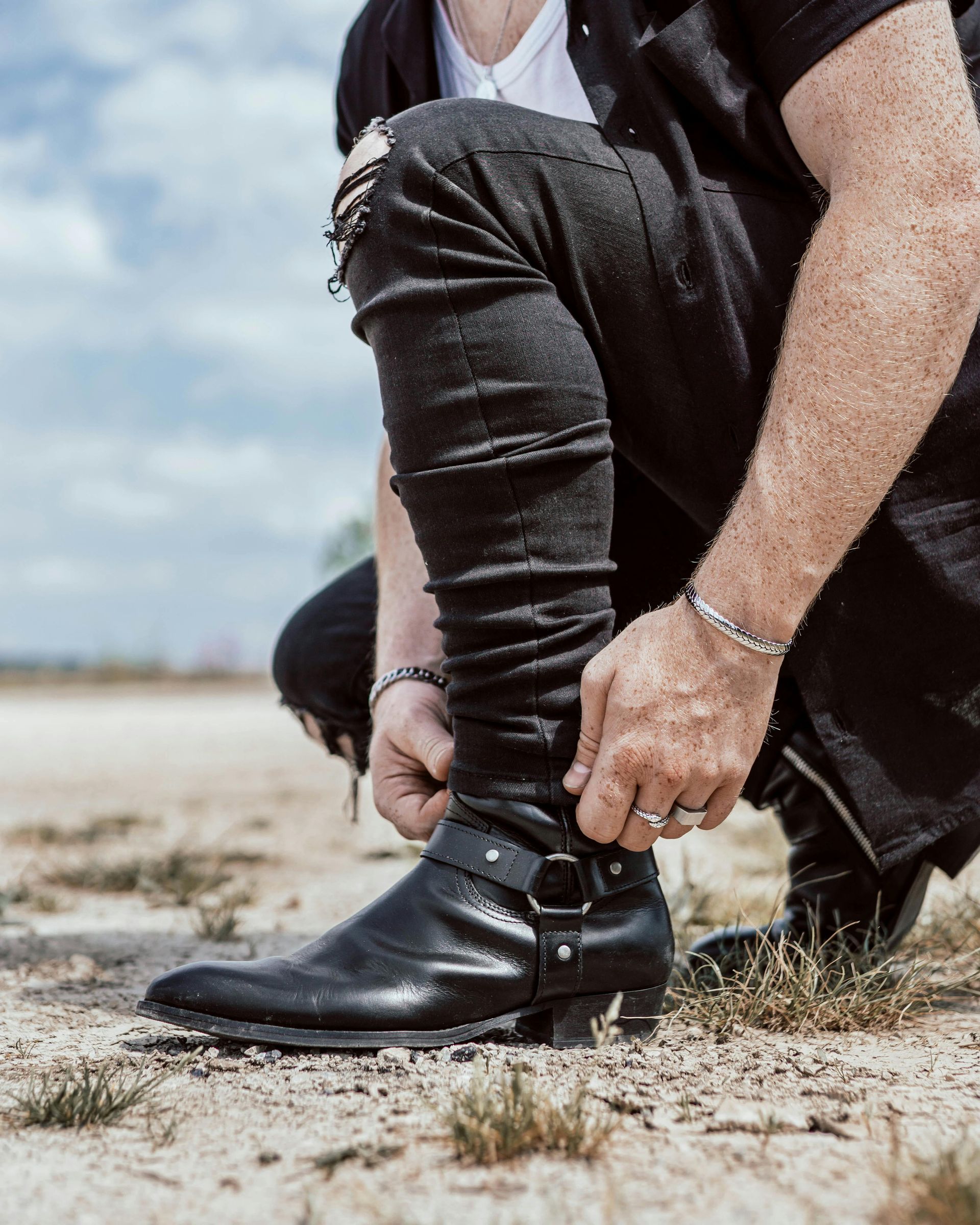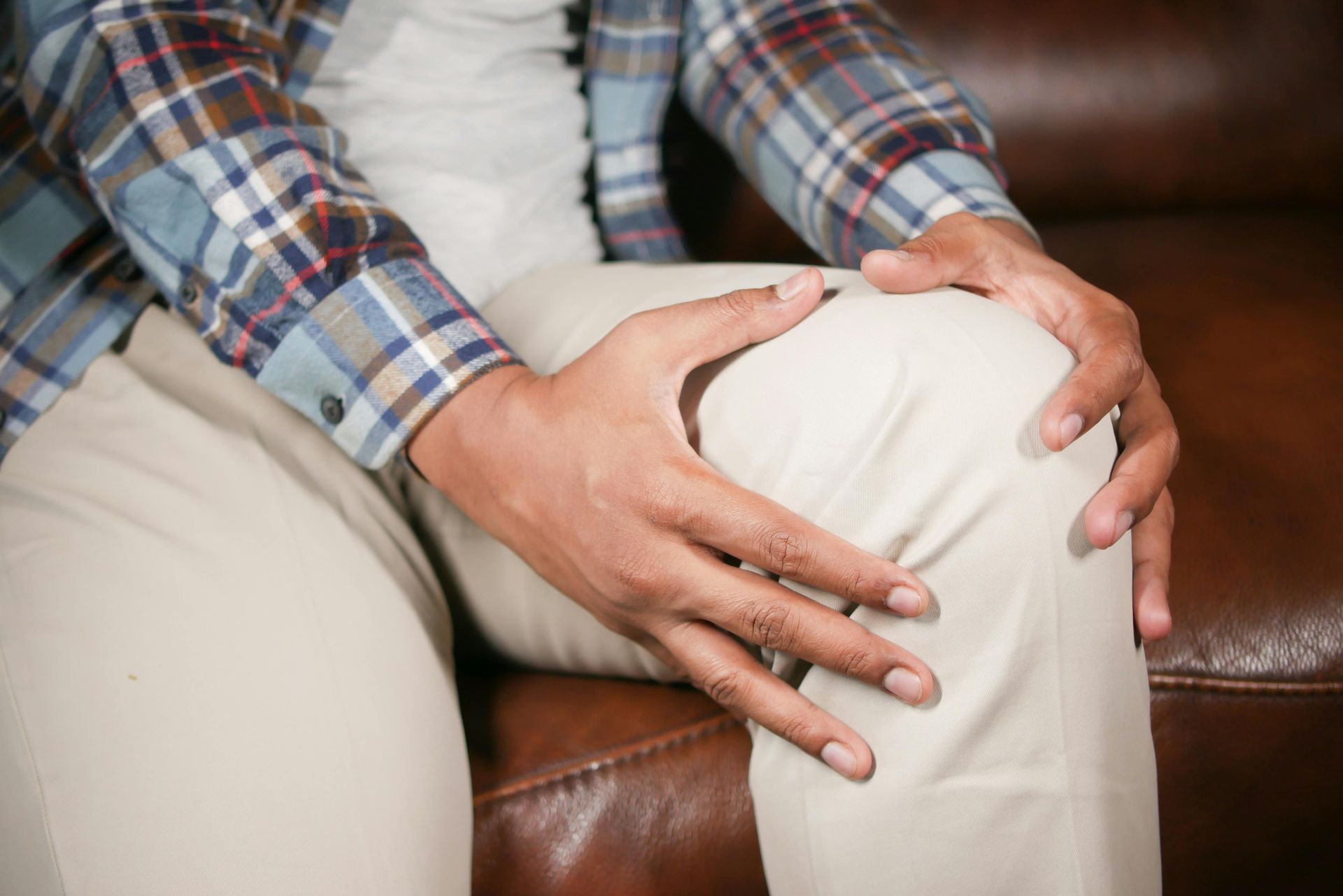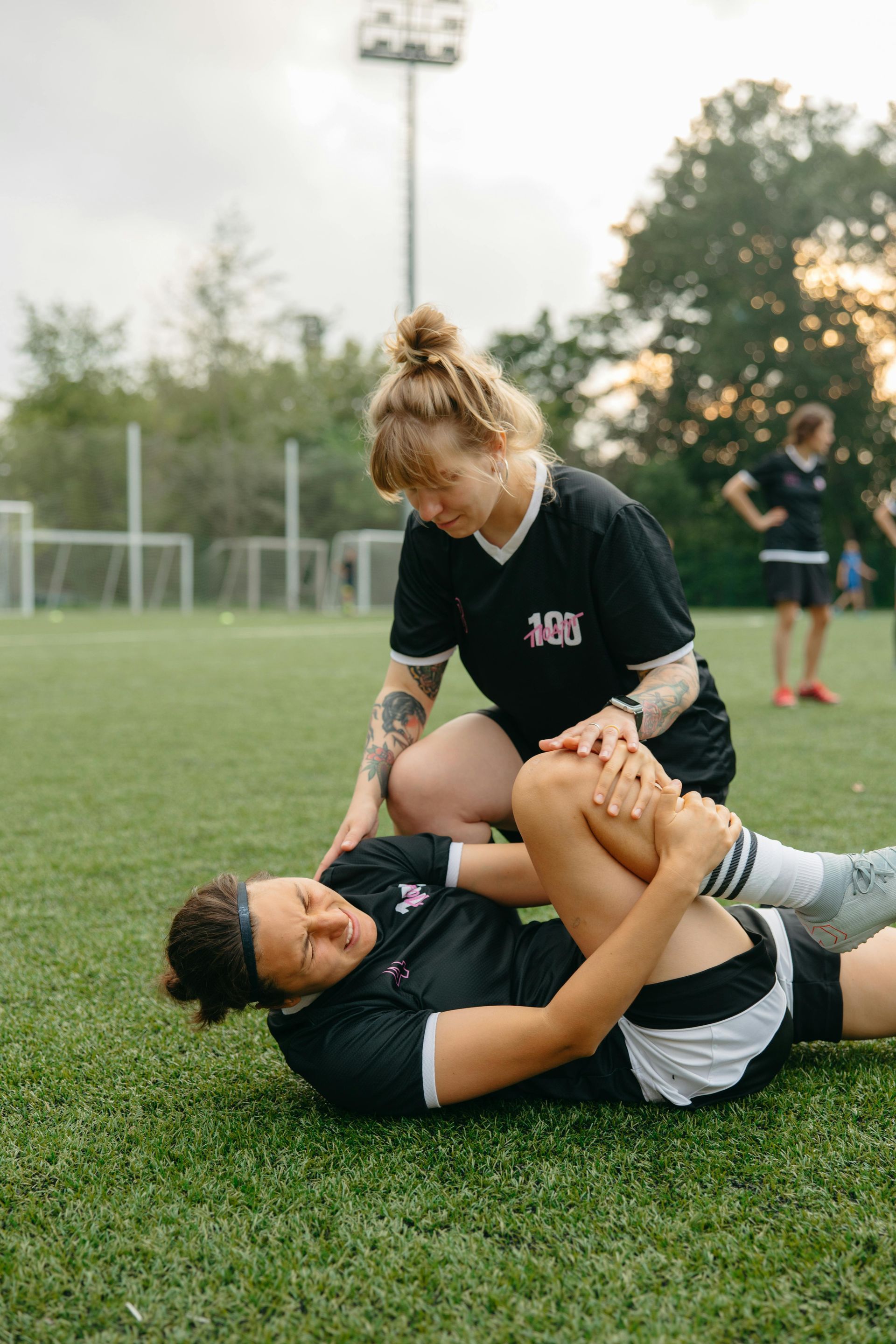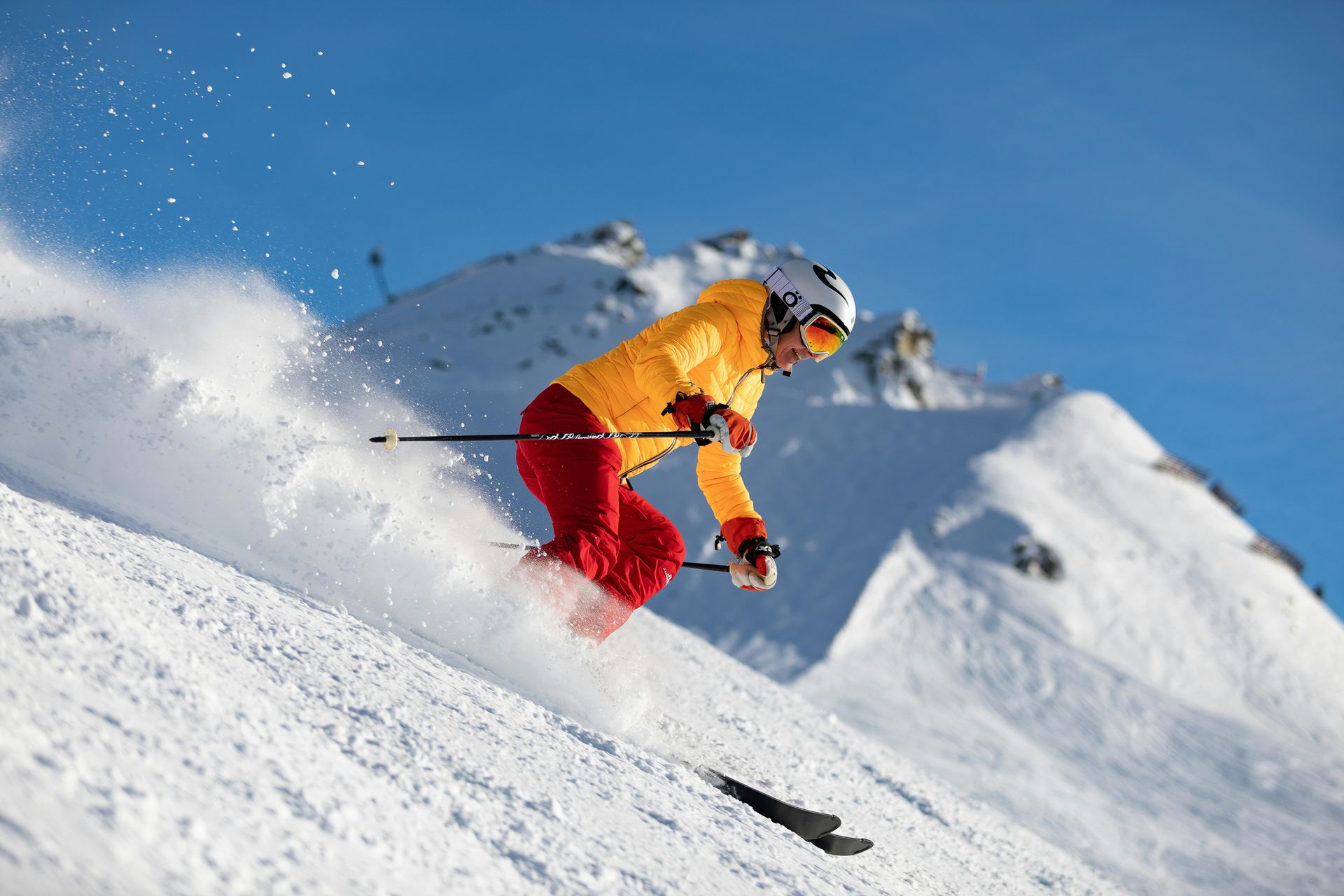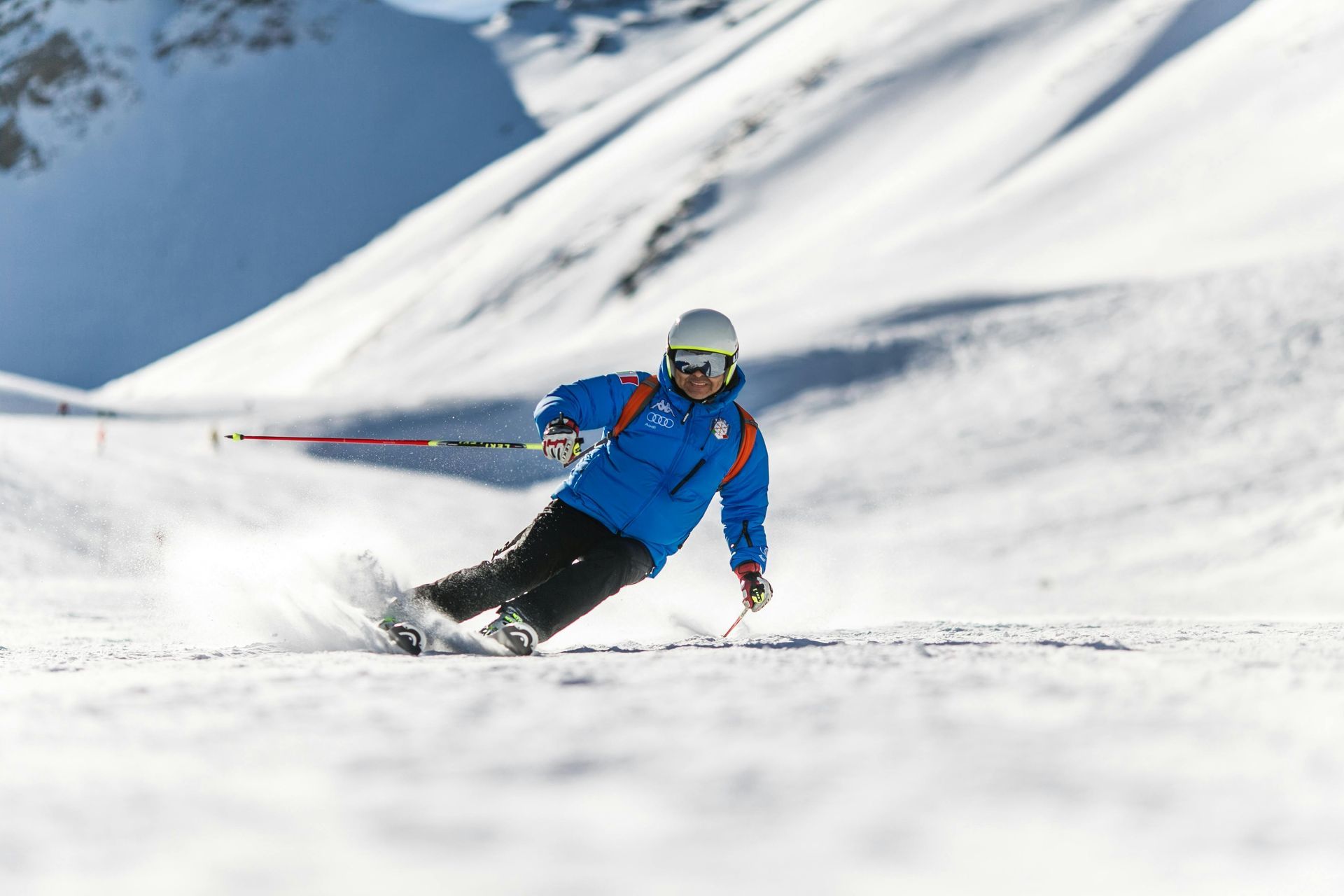Revision ACL reconstruction using bone allograft - CT images showing graft incorporation
Abstract
The incidence of anterior cruciate ligament reconstruction (ACLR) is continuously increasing. As a result so has the need for revision ACLR, which unfortunately has worse functional outcomes and rate of return to sport. Revision ACLR can be performed as a single stage or in two stages. The latter is recommended in the presence of enlarged and/or mal-positioned tunnels. We describe our surgical technique, experience and outcome of our first 19 patients in whom we used allograft bone dowels in the first stage of revision ACLR.
Introduction
The incidence of anterior cruciate ligament (ACL) tears in the United States is over 250,000, of which around 65% proceeds to ACL reconstruction (ACLR). The recommended management for ACL tears in young active patients with functional instability following an ACL tear is ACLR. Patients with ACL tears who continue to play high-level pivoting and cutting sports are at high risk of developing osteoarthritis, especially of the lateral tibiofemoral and patellofemoral joints. Some patients despite an intact graft complain of functional instability following ACLR which limits their ability to return to sport. The increasing incidence of ACLR has resulted in an increasing number of revision ACLRs. Risk of ACL graft failure has been reported to be 2–6% at <5 years and 3–10% at 5–10 years, and peaks around 1–2 years postoperatively mostly due to sport injuries.
Current literature shows that approximately 1.7–7.7% of primary ACLR will be revised. Primary ACLR failure can be attributed to surgical technique error, graft failure, trauma and failure to address other ligamentous injury. The main determining factors are the position and size of the original tunnels and the presence of infection. Re-rupture rate following revision ACLR varies between 3.5% and 33%. Patients should be made aware that revision ACLR has inherently a worse outcome than primary ACLR in terms of functional scores, quality of life and return to high level sport.
Several techniques have been described for dealing with bony defects in staged revision ACLR, including autograft such as from the iliac crest and allograft chips, struts, as well as bone dowels. Although allograft bone dowels are easy to use and avoid donor site morbidity, several concerns have been raised for fragmentation and failure to effectively plug the defect due to the tunnel shape irregularity and the lack of malleability of the bone dowels.
The aim of the present study was to investigate the practicality and radiological integration of the allograft bone dowels used in the first stage of revision ACLR, which would then allow for a solid bony bed to place anatomical ACL tunnels, and to review the clinical outcomes using this two-stage technique in revision ACLR.
